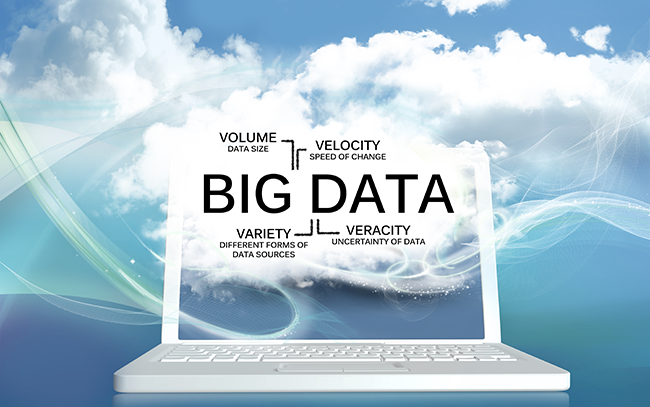
Volume
It may sound like a tautology, but big data is big. It’s so big, in fact, that it doesn’t fit into what people can readily imagine or manipulate without an automated system to process the information. A few thousand customer names, or even a few hundred thousand, doesn’t really qualify. Only when you move into the realm of millions and billions of data points do you start to see big data analysis truly shine. That doesn’t mean you need millions of customers to see big data applications in action; you just need a few customers whose collective behavioral, firmographic, and demographic information adds up to millions of interrelated data points.
Velocity
Not only must your system chew through mountains of data, it has to do it quickly. Data streams through the system at speeds far too fast to follow, giving your marketing program far greater flexibility. One of the biggest issues with conventional systems is their immobility. Once your marketing team decided on a course, changing direction was a challenge. With greater velocity, an automated marketing system that handles big data can send out A/B test emails, get results as soon as recipients open them, choose the winning design, and blast it to the rest of your email list without breaking a sweat.
Variety
Data comes from many sources, and big data can assemble and analyze them all. That’s especially necessary in marketing as cross-channel data has historically been notoriously difficult to compare. How do you know if your blog resonates with each segment of your audience? How do you match website downloads with email opens and describe the relationship between these actions in terms of sales readiness? A marketing automation system will tell you because it can handle the tremendous variety that’s the hallmark of modern digital marketing.
Veracity
You’ve read it from us before: Your data has to be clean to be accurate. When your data’s uncertain, your results are uncertain too. Without certainty and consistency, companies aren’t able to generate useful forecasts or predictive buyer models that tell them where their next customers might be found. A marketing automation system maintains clean records across multiple channels, cross-referencing and appending vital information when possible to generate more accurate, complete records.
The Fifth “V”
For marketers, there’s another vital “V” big data offers: value. Your marketing efforts take on more value when you’re able to focus your attention on winning techniques and campaigns. Organizing information on your company’s lists and filling in the blanks across channels with data appends can help you connect with more list members. Over time, your marketing automation system amasses enough big data to have predictive value, helping you improve each successive campaign and building more revenue.
© Reach Marketing LLC 2015 All Rights Reserved.






